Newark Castle

Rising beside the slow-moving waters of the River Trent, Newark Castle in Nottinghamshire has watched nearly nine centuries of English history unfold. Its broken stone walls once echoed with the footsteps of bishops, kings, soldiers, and besieging armies. Today, the ruins stand as one of England’s most evocative medieval castles.
Click here to watch our video exploring Newark Fort and discover its history.
- Region
- East Midlands, England
- Period
- 12th Century
- Type
- Medieval Castle
- Condition
- Ruin - Some Major Stonework Remains
- Ownership
- Local Authority
- Access
- Public - Free
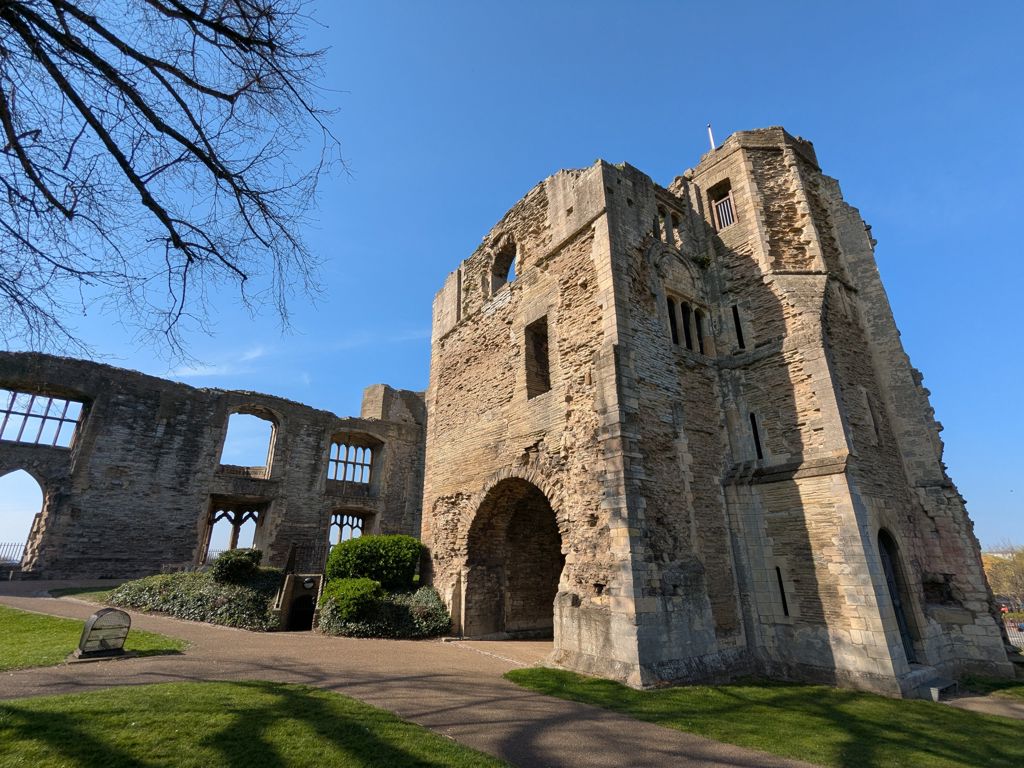
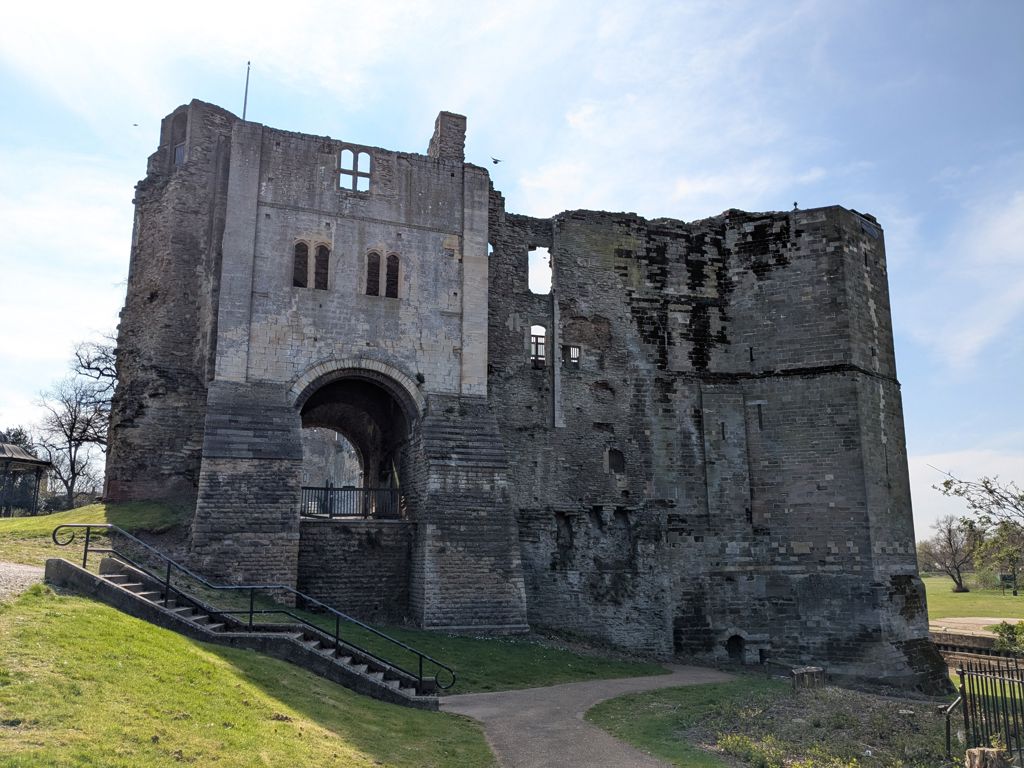
A Bishop’s Dream - The Birth of Newark Castle
The story of Newark Castle begins in the 1130s, when Alexander, Bishop of Lincoln was granted a charter by King Henry I to build a castle.
This was not the first fortification here. An earlier timber motte-and-bailey castle once stood on the site, and before that, a Saxon fortified manor may have guarded the River Trent crossing.
Newark was a place of power. The Great North Road linked London and York, while the river gave access deep into the country. Whoever held Newark controlled both trade and military routes.
Bishop Alexander, nicknamed Alexander the Magnificent for his lavish lifestyle, built the impressive stone fortress with curtain walls, towers, and a great hall - a symbol of wealth and authority.
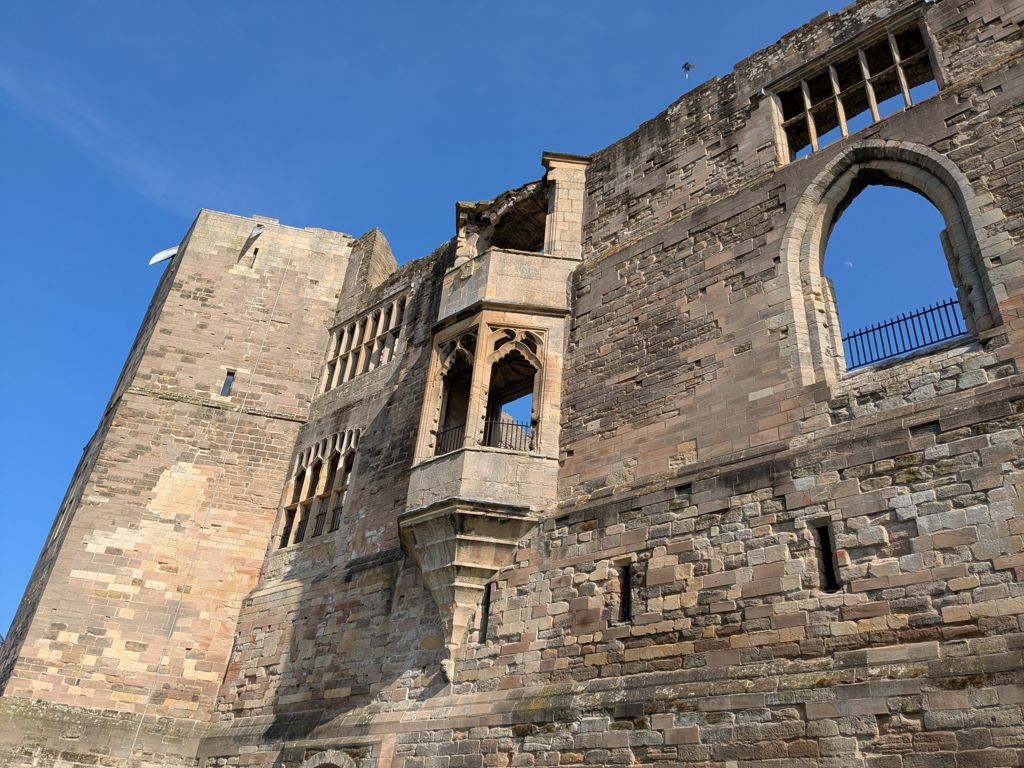
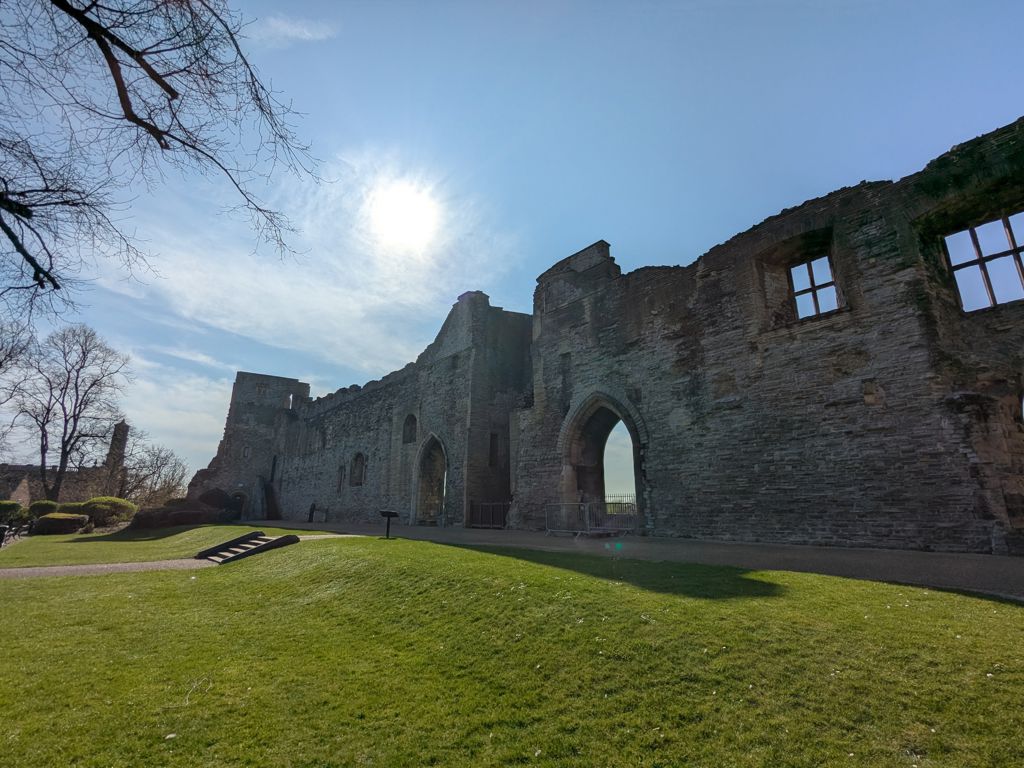
A King’s Final Chapter – King John at Newark Castle
Newark Castle is most famous as the place where King John of England met his death in October 1216.
John’s reign had been plagued by disaster. He lost Normandy to the French, quarreled with the Pope, and angered his barons so much that he was forced to seal the Magna Carta. Civil war followed, and Prince Louis of France invaded England.
Newark Castle had long been controlled by the Bishops of Lincoln, but as John’s enemies closed in, he seized it for the Crown. He entrusted it to one of his mercenaries, Robert de Gaughy, to keep it safe.
In October 1216, John fell gravely ill - likely with dysentery - while campaigning in the east. Some chroniclers claimed he was poisoned, others that he ate a fatal “surfeit of peaches” washed down with cider. Whatever the cause, he arrived at Newark exhausted and half-broken. On the night of 18/19 October 1216, King John died, probably in the castle’s Great Hall.
After his death, his 9-year-old son became Henry III. Henry ordered Robert de Gaughy to surrender Newark Castle back to the Bishop of Lincoln. De Gaughy refused. In 1218, a royal army besieged Newark for a week, until de Gaughy was persuaded to yield in exchange for £100 of silver.
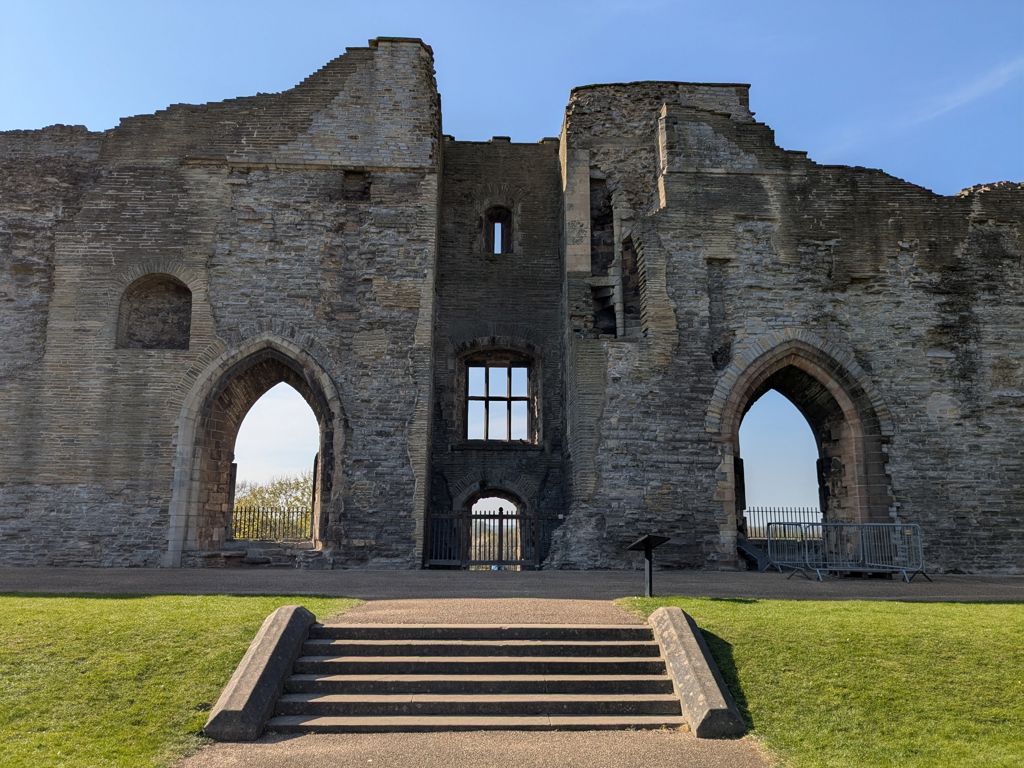
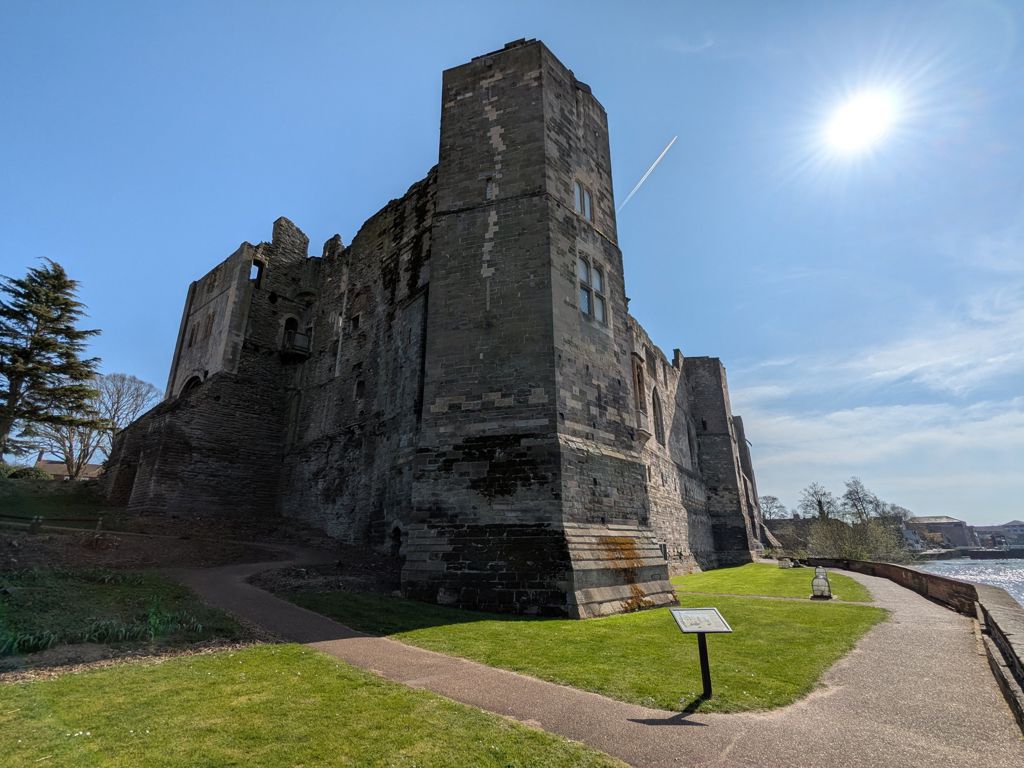
Prisoners of Faith – The Knights Templar
In the early 14th century, Newark Castle played a role in religious conflict. After Pope Clement V accused the Knights Templar of heresy, many English Templars were arrested. Some were imprisoned within the castle’s walls, their cells a chilling reminder of how faith and politics could destroy even the most powerful military order in Christendom.
Power, Pride, and Siege – Newark in the English Civil War
During the English Civil War, Newark was a Royalist stronghold. Its control of the north–south road and the River Trent made it strategically vital.
First Siege (1643)
Parliamentarian forces tried to choke the Royalists, but Newark held firm. Relief forces broke the siege, and the garrison survived.
Second Siege (1644)
With greater force, Parliament returned. Newark suffered bombardment, shortages, and disease, but Royalist reinforcements again lifted the siege.
Third Siege (1645–1646)
After the Battle of Naseby, Newark became one of the last Royalist bastions. Parliament and the Scots built a ring of forts and trenches, cutting off supplies. Inside, plague and famine struck hard, but still the defenders refused to surrender.
The end came when King Charles I surrendered to the Scots at nearby Southwell in May 1646. From captivity, he ordered Newark to yield. Obedient to their king, the Royalist garrison laid down arms—not defeated in battle, but by royal command.
Parliament ordered Newark Castle slighted (destroyed) so it could never again be held against them. Yet fate intervened - plague broke out in Newark, halting the demolition. Locals later carried away much of the stone for building, leaving the dramatic ruins we see today.
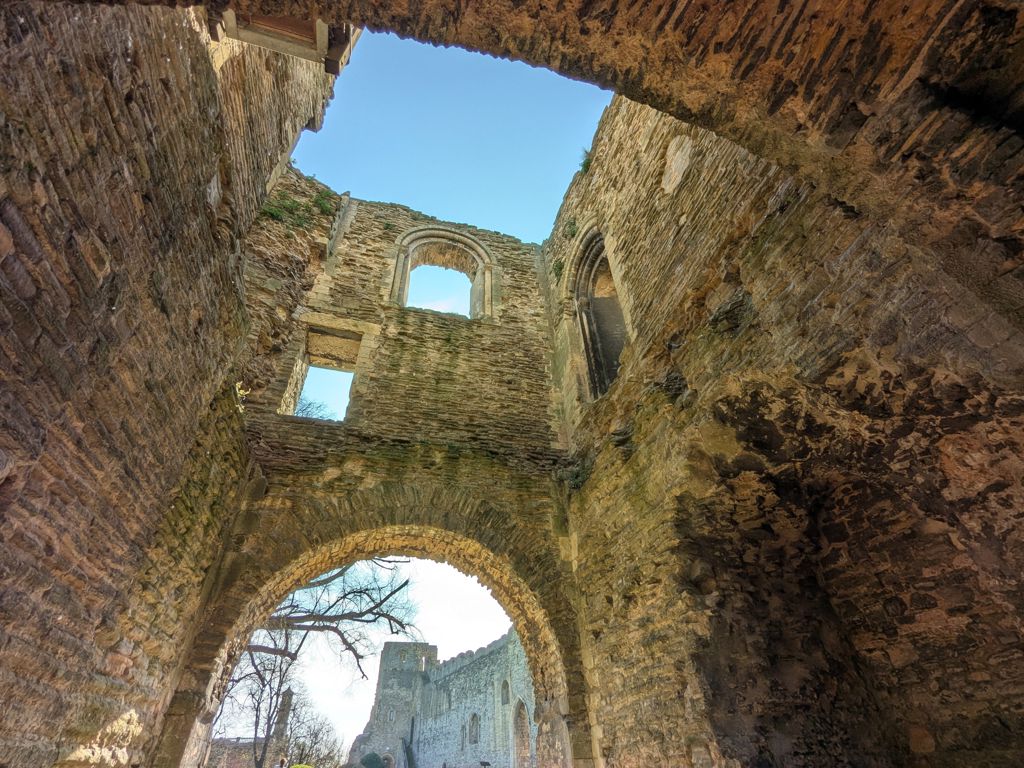
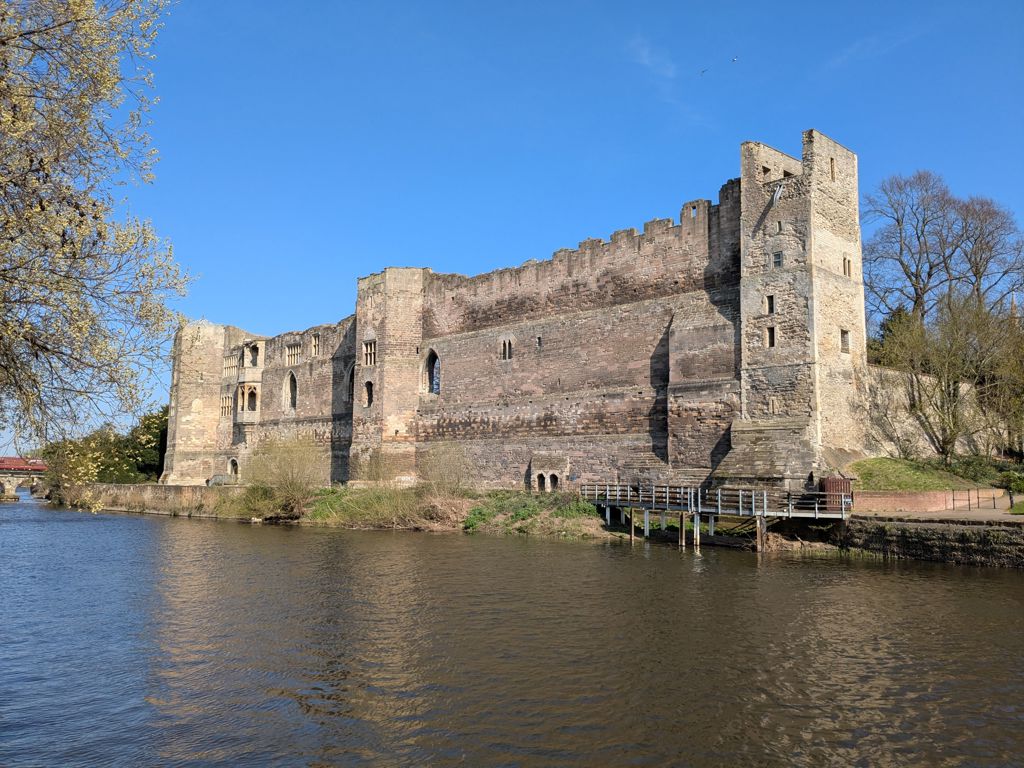
From Fortress to Garden - Newark Castle in the 19th Century and Beyond
By the Victorian age, Newark Castle was seen not as a fortress of war, but a monument of history. In 1889, the castle grounds were transformed into a public garden to commemorate Queen Victoria’s Golden Jubilee.
Today, the Victorian gardens have been restored, offering a peaceful setting among the ruins. Visitors stroll the paths where kings died, armies fought, and prisoners once languished.
Visiting Newark Castle Today
Newark Castle and Gardens remain open to the public. The ruins stand as a testament to nearly 900 years of English history - from Bishop Alexander’s vision, to King John’s death, to the fury of the Civil War.
